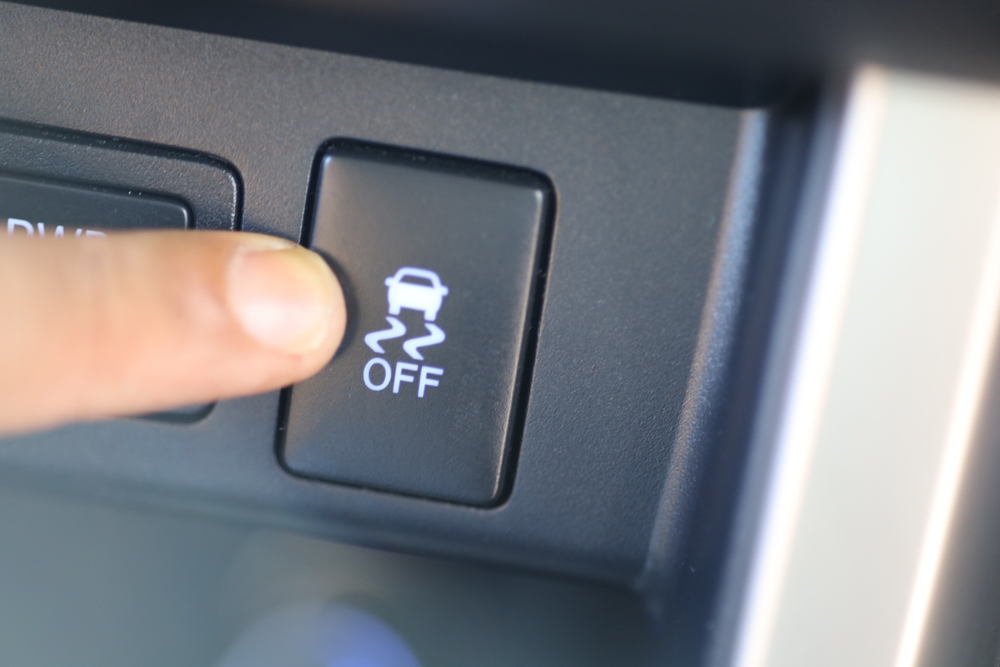Understanding the Intricacies of Automotive Traction Control Systems
After strapping into the seat of a high-performance sports car, the road ahead glimmers with potential. As the engine roars to life, you're reminded of an important piece of technology that instills confidence into every drive - the Traction Control System. This unsung hero of automotive technology is a game-changer, ensuring that the power of the engine translates effectively to the tarmac.

A Dive into History: Inception of Traction Control Systems
Traction control was initially conceived to provide better control and stability in racing cars. The technology’s roots can be traced back to the 1970s, when Formula 1 teams began exploring electronic aids to control wheel spin. However, it was in the 1980s when traction control systems truly made their way into production cars. The Mercedes-Benz S-Class was the pioneer, incorporating a system known as “Mercedes Electronic Traction Aid System” (ETS) in 1987.
Modern Traction Control Systems: How They Work
Traction control systems have evolved significantly since their inception. Modern systems use a combination of wheel speed sensors, hydraulic pumps, and solenoid valves. When a wheel spins faster than others (indicating loss of traction), the system intervenes by reducing engine power or applying the brakes to the spinning wheel. This ensures that power is distributed to wheels with the most grip, improving vehicle stability and control.
The Impact: Enhanced Safety and Performance
The benefits of traction control systems are manifold. For everyday drivers, the technology enhances safety, especially in adverse conditions like rain, snow, or icy roads. For performance enthusiasts, traction control allows for a more aggressive driving style by managing power delivery and preventing wheel spin during hard acceleration. However, it’s not without challenges. Some drivers argue that traction control reduces the fun of driving and can be overly intrusive, especially in performance-oriented cars.
The Future of Traction Control Systems
As automotive technology continues to evolve, so too does traction control. Future advancements may include systems that can adapt to specific driving styles or road conditions. For example, traction control systems could use data from onboard cameras or sensors to predict traction loss before it happens and adjust accordingly. Despite the ongoing debate over its merits, it’s clear that traction control is here to stay, continuing to play a pivotal role in the automotive world.
In conclusion, the traction control system is an integral part of modern automobiles. Its evolution from a racing aid to a standard safety feature in vehicles around the world exemplifies how automotive technology continues to enhance safety and performance on the road. Yet, as we continue to push the boundaries of what’s possible in automotive technology, the story of traction control is far from over.





